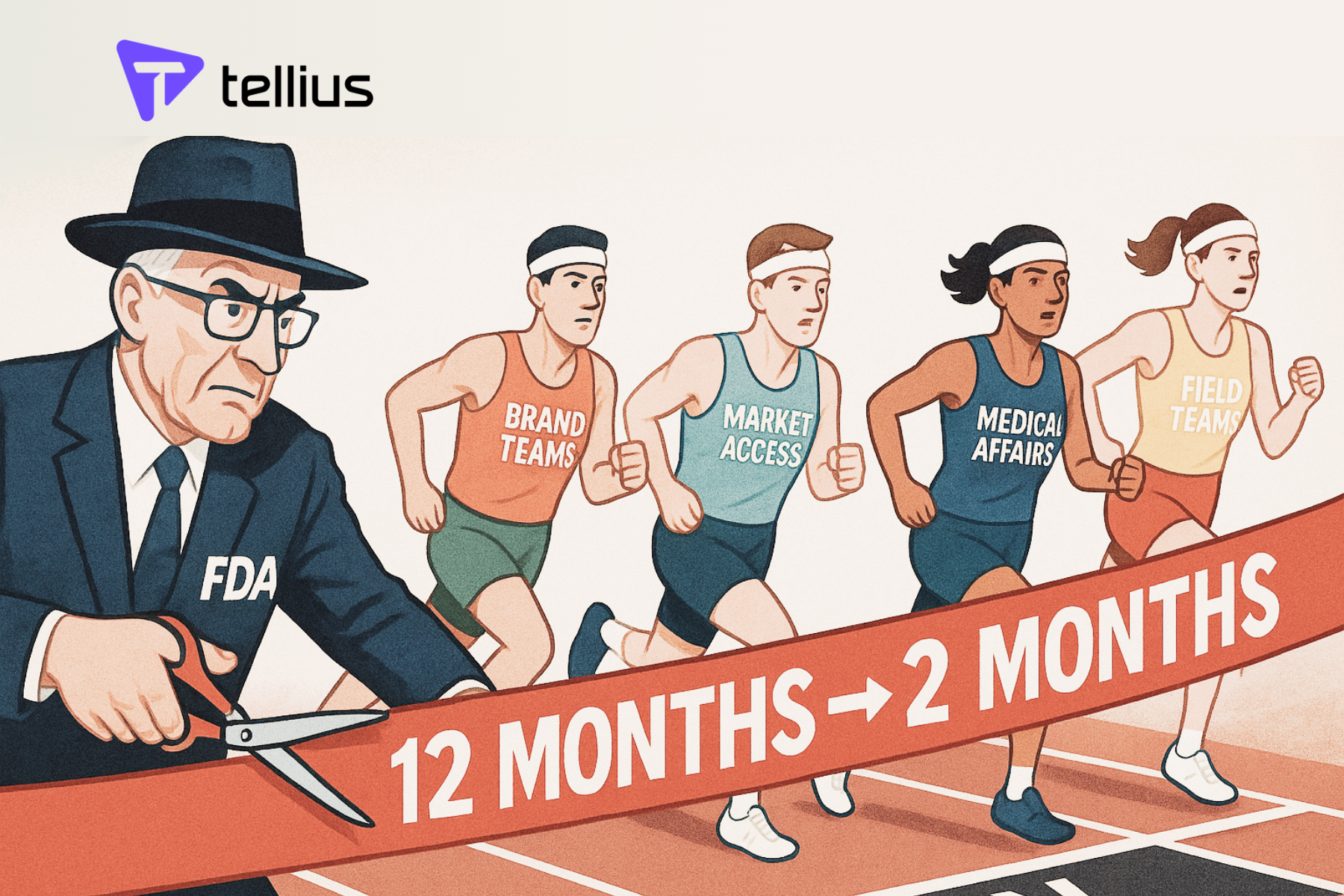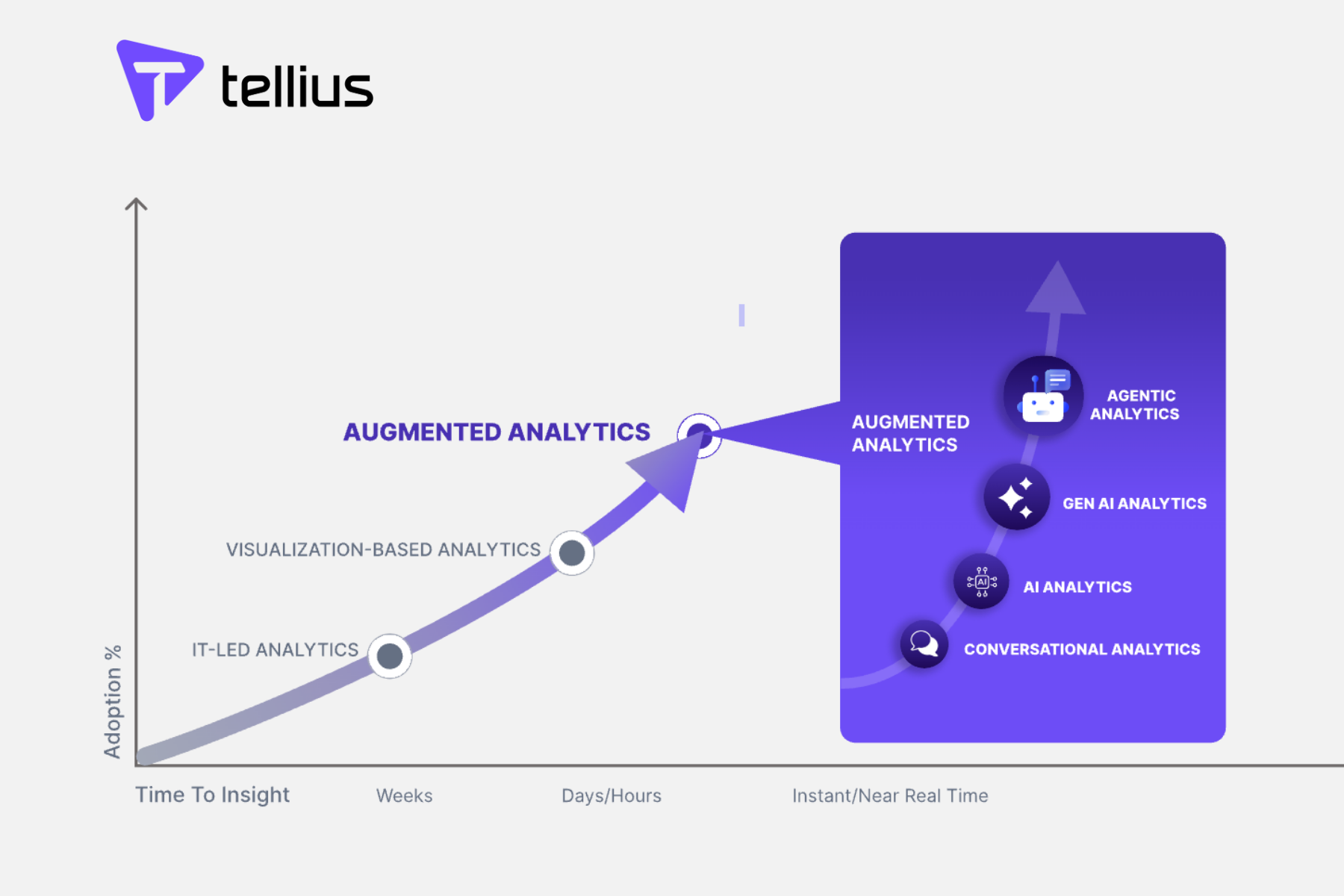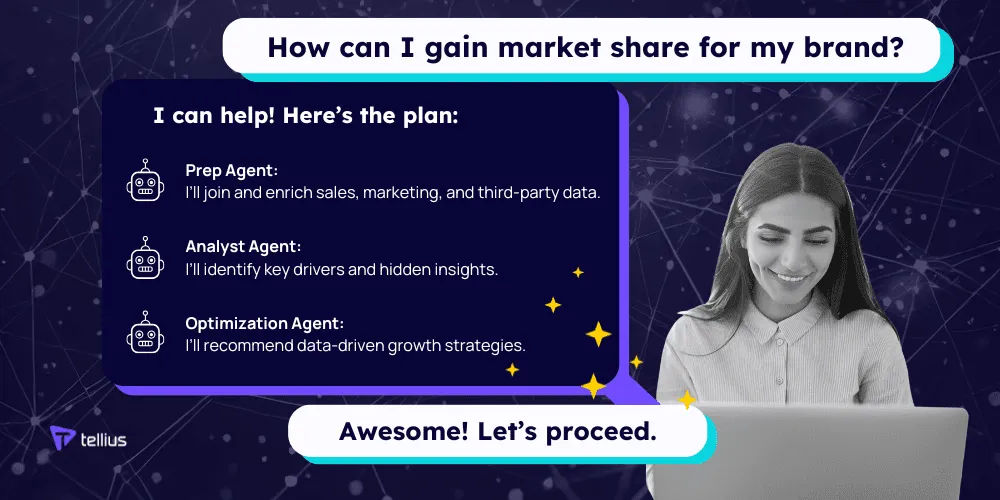The Guardrails Are Off. What’s Next for CAR-T Access?

On June 27, 2025, the FDA removed one of the most significant institutional barriers to CAR-T therapy: it eliminated the Risk Evaluation and Mitigation Strategy (REMS) requirements for all approved autologous CAR-T treatments. That means no more special center certifications, reduced monitoring windows, and a streamlined path to broader access.
The question now isn’t whether CAR-T access will expand—it’s how quickly, how unevenly, and who’s ready for it.
We’ve seen CAR-T evolve from experimental therapy into an approved, life-saving option for patients with relapsed or refractory hematologic cancers. With more than 40,000 patients treated and a growing real-world evidence base, the FDA’s action is more than symbolic—it marks the moment CAR-T enters a new commercial phase.
What the FDA Actually Changed—and Why It Matters
The FDA eliminated REMS requirements for all currently approved autologous CAR-T products, including:
- Center certification requirements
- Mandatory stocking of tocilizumab (for CRS management)
- Specialized provider training
In parallel, the FDA updated product labels to reflect:
- Reduced post-infusion patient monitoring from 4 weeks to 2 weeks
- Shortened driving restrictions from 8 weeks to 2 weeks
“The extensive clinical experience gained over the past several years—including over 40,000 patients treated—supports removal of these risk mitigation requirements.” —FDA, June 2025
Why now? Because the playbook for CAR-T delivery has matured. Toxicities like CRS and ICANS are now well understood. Standardized protocols (e.g. ASTCT grading for CRS) and supportive medications (e.g. tocilizumab) are commonly used. In other words, what once required specialized oversight can now be managed in routine oncology care.
This change affects all currently approved CD19- and BCMA-directed CAR-T therapies, including Kymriah, Yescarta, Tecartus, Breyanzi, Abecma, Carvykti, and the newly approved Aucatzyl.
Who Has a CAR-T Therapy Today—and Who's Next?
To fully grasp the implications of the FDA's REMS removal, it's essential to understand who currently markets CAR-T therapies and who is preparing to enter the field. This context helps frame the scope of operational change, competitive pressure, and forecasting needs facing commercial and access teams.
As of mid-2025, seven FDA-approved autologous CAR-T therapies are commercially available in the U.S., marketed by five leading pharma companies:

These therapies span B-cell malignancies and multiple myeloma, with most targeting CD19 or BCMA. BMS and Gilead currently lead in breadth of indications. Autolus, a newer entrant, became the first to win approval without a REMS requirement—a signal the FDA was preparing for broader access.
Who’s next?
- Arcellx (in partnership with Gilead) is advancing a next-gen BCMA CAR-T for myeloma (anito-cel) with Phase 3 trials underway.
- Allogene Therapeutics and CRISPR Therapeutics are leading the charge on allogeneic (off-the-shelf) CAR-T, aiming to cut vein-to-vein time and increase scalability.
- Wugen, Precision BioSciences, and Caribou Biosciences are also developing allogeneic CAR-Ts for lymphoma, leukemia, and solid tumors.
Why This Matters
The commercial CAR-T market has entered a pivotal phase—and the arrival of new players and platforms is set to accelerate competitive disruption.
- Allogeneic platforms offer the promise of faster treatment readiness, expanding the practical delivery footprint beyond academic centers and into community settings.
- Emerging players like Arcellx are poised to drive competition in established categories like multiple myeloma, while also setting new standards for safety and efficacy.
- Pipeline entrants are exploring earlier lines of therapy, and new indications such as T-cell malignancies and even solid tumors—placing new pressure on commercial teams to keep pace.
For commercial and access teams, this means today’s playbook won’t be sufficient tomorrow. Leaders must prepare for:
- Greater competition for patient share
- A broader provider footprint
- Shorter cycles between policy changes and commercial inflection points
The organizations that win will be those who can adapt fastest—not just to what was removed, but to what’s coming.
Why Market Access and Commercial Teams Should Pay Attention
While headlines focus on the regulatory angle, the real story is what happens next across payer policy, provider strategy, and patient access.
1. New Sites of Care Are Coming Online
Under REMS, most CAR-T infusions were concentrated at academic centers of excellence. That meant limited geographic reach, long patient travel distances, and highly variable referral behavior. With REMS gone, regional and community cancer centers with the right infrastructure can now become CAR-T sites.
2. Referral Patterns Will Shift
Many oncologists were previously hesitant to refer patients for CAR-T due to burdensome logistics. But the lighter patient monitoring requirements make CAR-T a more feasible option for both patients and providers.
Expect:
- Increase in referrals from community-based oncologists
- Stronger local retention within integrated delivery networks (IDNs)
- The need to re-map referral flow and understand leakage points as new centers come online
3. Uptake Could Double. Are You Ready?
According to analysts (citing Leerink via Fierce Pharma), REMS relaxation could lead to a doubling of CAR-T utilization in some markets. That means brand, ops, and access teams need to be ready to scale.
Implications include:
- Manufacturing capacity may need rebalancing based on geographic growth
- Commercial forecasts must incorporate community activation scenarios
- Access and brand teams must monitor payer channel dynamics in real-time
- Engagement playbooks should be redesigned to support local HCPs administering CAR-T for the first time
What Market-Facing Roles Need to Know
As CAR-T access expands beyond traditional academic centers, every commercial-facing team must rethink how they monitor, engage, and activate the market. Here's how three key roles will need to adapt:
Market Access Director
With decentralized delivery and growing payer scrutiny, your mandate is evolving from contracting to orchestration.
- Identify shifts in payer policies across Medicare, Medicaid, and commercial plans
- Flag new outpatient centers gaining CAR-T administration capability
- Simplify billing processes for non-traditional sites of care
- Lead evidence-based discussions with payers on safety, cost-effectiveness, and health equity
Field Strategy Lead
You're no longer deploying reps to 50 academic hubs—you’re enabling field agility across a rapidly changing treatment landscape.
- Realign HCP targeting models monthly as new sites activate
- Track shifts in referral volume and leakage to new centers
- Equip reps to educate HCPs on revised FDA guidelines and local access options
- Build modular playbooks that work for both large IDNs and small regional hospitals
Brand Insights Leader
Your dashboards can't just show uptake—they need to explain it.
- Quantify uptake growth by center type, region, and demographic
- Detect disparities in treatment access tied to geography, race, or insurance type
- Attribute downstream TRx lift to specific brand or access interventions
- Connect claims, specialty pharmacy, CRM, and field intel into a cohesive insights layer
Taken together, these roles illustrate the same truth: post-REMS success won’t come from doing more of the same. It will come from rethinking how your organization detects change, explains trends, and responds with speed.
And that starts with an honest assessment.
Is Your Organization Ready for Post-REMS CAR-T Uptake?
Use this diagnostic checklist:
- ☑ We can identify newly active CAR-T centers within 7 days
- ☑ We monitor payer coverage shifts as sites of care decentralize
- ☑ We track referral volume and drop-off across zip codes and prescribers
- ☑ We detect disparities in uptake by race, geography, or payer
- ☑ We can forecast CAR-T demand changes by region and product line
- ☑ We integrate RWE and post-market safety data across all access channels
Recommendation: Re-run this checklist quarterly across regions with high volumes or recently activated centers. Consider setting up alert thresholds for referral drop-off, payer denials, or capacity issues.
Where AI Analytics Comes In
Removing REMS doesn’t just change how CAR-T is delivered. It changes how quickly access and commercial teams need to react. Analytics must be real-time, personalized, and able to explain why patterns are changing—not just that they are.
That’s where Tellius plays a critical role.
With Tellius, pharma teams can:
- Detect new CAR-T activity in emerging regions and non-academic centers
- Explain referral growth and site-level performance using AI-driven root cause analysis
- Forecast demand surges and model operational impact by region, payer, or provider
- Monitor equity by tracking uptake across rural, minority, and underserved populations
- Integrate specialty pharmacy data, Veeva call notes, and IQVIA claims for unified insights
- Enable agile field response by alerting teams to shifts in patient access, payer coverage, or prescriber behavior
Sample Tellius Workflow: From Signal to Action
- Monitor referral volumes by zip code and site-of-care
- Detect outliers as community uptake accelerates
- Explain drivers (e.g., payer coverage, new provider readiness, REMS relaxation)
- Forecast demand across indication and region
- Act by pushing insights to field teams or access teams
Example: Tellius can help identify the hotspots for CAR-T uptakes in Community Hospitals at sub-national level and find referral patterns to enable Field and Brand teams to respond faster for improving patient access - benefit approval, reimbursement support etc. and efficiently executing promotion strategy. AI driven automated alerts can notify Field Leadership team on surge in treatments at new location along with all the associated metrics like Payors, HCP segments, Field execution metrics etc. to get a complete understanding of market dynamics without/with minimally relying on Analytics colleagues.
CAR-T Commercialization at Scale: The New Frontier
This REMS decision marks a turning point in CAR-T commercialization.
We’re entering a new phase:
- From niche academic therapy to community oncology asset
- From manually tracked referrals to intelligent, automated signal chains
- From reactive market strategy to predictive commercial readiness
And this won’t stop with CAR-T. Allogeneic cell therapies are progressing rapidly. Bispecifics are competing for earlier lines. Oncology commercialization is no longer linear. It’s agile.
To stay competitive, Life Science team must:
- Break down data silos between brand, access, and field teams
- Automate the connection between insight and action
- Move from reactive dashboards to proactive workflows
The Bottom Line
The FDA removed the guardrails. The race is now on to build smarter, more equitable, more responsive CAR-T strategies.
The next frontier in cell therapy access won’t be defined by regulatory hurdles—but by data agility.
Want to see how top pharma teams are preparing? Get a demo of Tellius for market access insights.
Get release updates delivered straight to your inbox.
No spam—we hate it as much as you do!


What the FDA's New Priority Voucher Program Means for Commercial Pharma Teams

Faster drug approvals are coming. Here's how field sales, market access, and brand teams must adapt—and why AI analytics is no longer optional.

AI for Analytics: How Augmented Analytics is Transforming BI

Business teams don't suffer from a lack of data. They suffer from a lack of time, clarity, and execution. Dashboards indicate what happened. Some tools even explain why. But few platforms help you decide what to do and then do it faster than your competition. That's the promise of augmented analytics. With agentic flows, natural language interfaces, and AI-driven automation integrated at every stage, that promise is now a reality.

AI Agents: Transforming Data Analytics Through Agentic AI

AI agents aren’t just hype—they’re the engine behind the next generation of self-service analytics. This post breaks down how agentic AI enables multi-step, contextual analysis workflows that automate the grunt work of business intelligence. Learn what makes agentic systems different, what to look for in a true AI-native platform, and how Tellius is pioneering this transformation.

